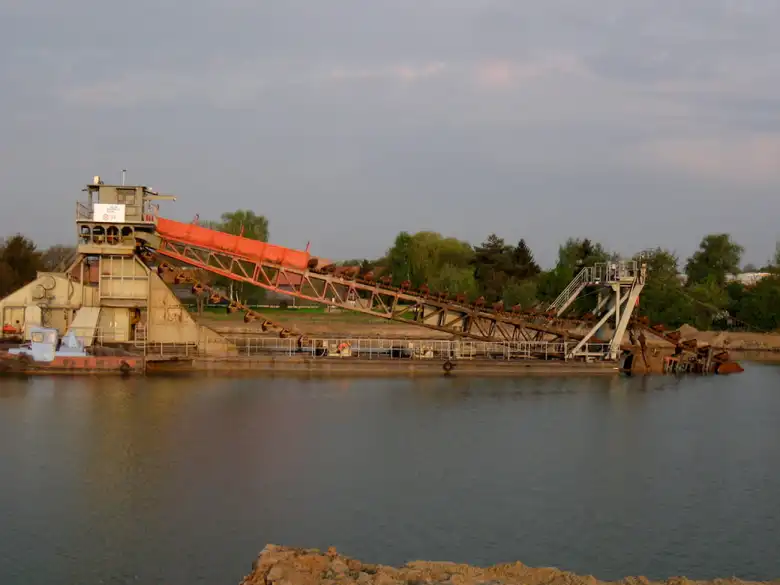The_Four_Toed_Edward
Active Member
Experts believe that these turtles helped early modern humans, or Neanderthals, to survive the harsh, freezing conditions of northern Germany.
Of the recent discoveries at Barleben-Adamsee, the most striking are five fragments of the shell of the European pond turtle (Emys orbicularis). The fragments have been radiocarbon-dated twice, revealing an age of between 42 000 and 50 000 years.
This was quite surprising, as it means that the turtles lived during the Ice Age, when much of northern Germany was covered in ice. The pond turtle could not have lived there in the wild, as eggs laid by turtles on land required temperatures above 18-20 degrees Celsius for the hatchlings to develop. It is therefore unlikely that the turtles came from the area where they were found, but they may have come from a warmer area further south.
Previous studies have found evidence that humans have used turtles as food and transported them as 'live preserves'. Turtles were easy to transport and could be kept alive for a long time on a simple diet found in nature. And when they wanted to be eaten, they could be roasted over an open fire in their shells.
"These animals are easy to transport and provide fresh meat, even when hunting is not possible. It is possible that ice age hunters (Neanderthals or early modern humans) transported turtles to the cold northern regions," the researchers write in a press release.
A news article in English:

 arkeonews.net
arkeonews.net
Of the recent discoveries at Barleben-Adamsee, the most striking are five fragments of the shell of the European pond turtle (Emys orbicularis). The fragments have been radiocarbon-dated twice, revealing an age of between 42 000 and 50 000 years.
This was quite surprising, as it means that the turtles lived during the Ice Age, when much of northern Germany was covered in ice. The pond turtle could not have lived there in the wild, as eggs laid by turtles on land required temperatures above 18-20 degrees Celsius for the hatchlings to develop. It is therefore unlikely that the turtles came from the area where they were found, but they may have come from a warmer area further south.
Previous studies have found evidence that humans have used turtles as food and transported them as 'live preserves'. Turtles were easy to transport and could be kept alive for a long time on a simple diet found in nature. And when they wanted to be eaten, they could be roasted over an open fire in their shells.
"These animals are easy to transport and provide fresh meat, even when hunting is not possible. It is possible that ice age hunters (Neanderthals or early modern humans) transported turtles to the cold northern regions," the researchers write in a press release.
A news article in English:

Ice Age turtle finds near Magdeburg point to canned food from the Stone Age - Arkeonews
Experts have recovered around 50,000-year-old turtle shell fragments from the Barleben-Adamsee gravel pit near Magdeburg. The turtles could have been easily transportable food reserves.
 arkeonews.net
arkeonews.net